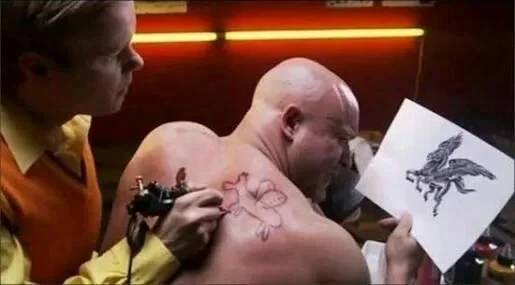Do your stretch marks get you down? If you’re a mum, at least you’re in good company – because 9 out of every 10 pregnancies leave their indelible and permanent mark. But even the majority of other women, and even men, deal with often deep stretch marks – which occur not just because of stretching pressure on the skin but also due to simple genetics, natural levels of cortisol, rapid growth, weight gain and loss, surgeries, syndromes and more. But what causes stretch marks isn’t the concern in this article – because you’d rather just know about stretch mark removal, wouldn’t you?
Think of a stretch mark as the visible and tangible effect of tears in the skin’s collagen fabric, and they’re most common on the belly, hips and legs – but they can appear in any area where the dermis (skin) has been stretched beyond its tensile limits.
Luckily, getting rid of stretch marks – or at least improving the situation dramatically – is definitely possible. What’s the best treatment for stretch marks? Let’s count down the best 8 treatments for how to remove stretch marks:
How do you get rid of stretch marks? Let’s start with an over-the-counter formula – retinol. It’s a topical cream based on vitamin A that triggers skin renewal and hydration and the production of collagen.
VERDICT: Skin condition may be improved, but stretch marks are more likely to be faded or less noticeable rather than removed.
The next step is a prescription for tretinoin, which is like retinol but synthetically stronger.
VERDICT: Quite harsh, so not recommended for sensitive skin.
It’s a device featuring tiny needles whose job is to cause micro-trauma to the skin – so that the body stimulates reparative collagen and elastin production.
VERDICT: Multiple treatments are required for a noticeable effect.
It stands for platelet-rich plasma, and is a treatment that is either administered by injection or topically to stimulate collagen production.
VERDICT: Most effective on fresh rather than established stretch marks.
Plenty of people use volumising injections for beauty purposes these days, and especially if the filler is formulated to stimulate collagen, they can also be effective on stretch marks.
VERDICT: Requires multiple ongoing treatments, with the effects not necessarily permanent.
Think of them like rich moisturisers that seep into the skin providing skin hydration and nourishment. If the products are rich in omegas, the skin may achieve a greater ability to stretch.
VERDICT: Cheap, but only slight improvements should be expected if used as a standalone stretch mark treatment.
This technology does what a lot of the treatments above do – stimulates collagen production. Radiofrequency does it basically by heating up the dermis, which tightens and firms up the skin.
VERDICT: Multiple treatments are required, which is bad news because of how expensive each one can be.
The technology is fractional laser, and it’s now widely regarded as the most effective laser treatment for stretch marks. Unlike other lasers, the beam is divided into thousands of microscopic treatment zones, which makes the process known as ‘skin resurfacing‘ more powerful than ever. With incredible precision, skin layers are comprehensively removed so that the healing process can result in healthy, tight, nourished and smooth skin and the restoration of the integrity of natural collagen production.
VERDICT: A few treatments may be necessary, but of all the current stretch mark treatments, it is the only one with up to a 60-70% success rate.
Did you know that as few as three fractional laser skin resurfacing sessions, especially when using the state-of-the-art Quanta Discovery Pico+ technology, can result in full resolution of stretch marks? Better still, the risk and discomfort are low, recovery is quick – and you can book in at Sydney’s leading laser skin specialist here at Disappear Laser Clinic today!



Get all the latest news and our exclusive offers straight to your email inbox.